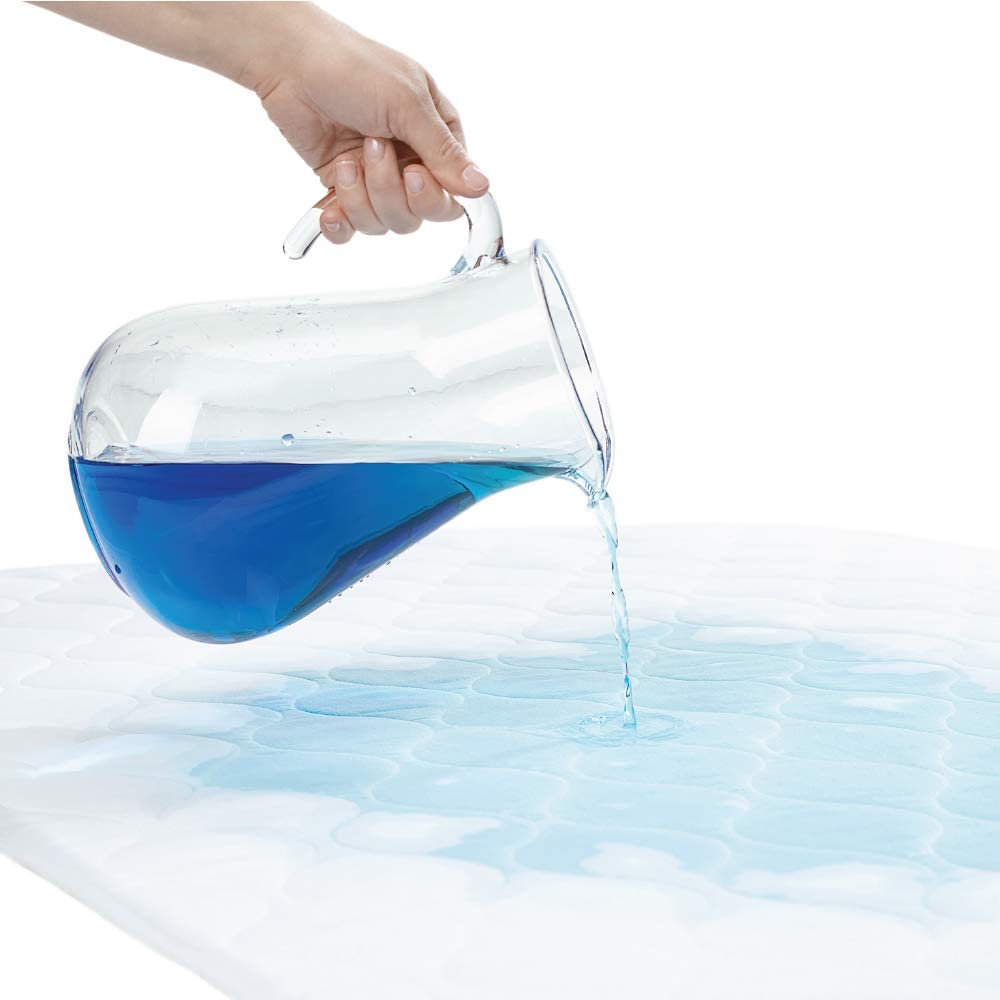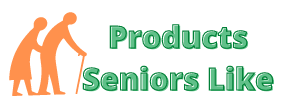Disclosure: This post contains affiliate links. As an Amazon Associate I earn from qualifying purchases, but there will be no extra charges to you. Thank you for your support!
Older adults experience many problems and difficulties at this particular stage of life. One of the common problems is urinary incontinence.
More devastating, the issue is not only stigmatizing but also psychologically distressing. Primarily, the problem affects older people and close people who care for them.
In connection, the article aims to define the concept of incontinence, evaluate the benefits of wearing incontinence pads, and analyze the demerits of using the pads.
Subsequently, the article elaborates on the definition of the concept of incontinence.
What Is Incontinence?
Incontinence is defined as an involuntary inability to control urination or defecation. Scientifically, incontinence comes with aging. As a person ages and turns to an elderly stage, their bladder capacity and contractility decline. What results in uncontrollable urination and, worse, involuntary defecation? Several types of incontinence include:
- Stress incontinence
- Urge incontinence
- Overflow incontinence
- Functional incontinence
- Mixed incontinence
Generally, the causal factors of incontinence include typically daily habits, specific medical conditions such as urinary tract infections, or even physical problems, such as hormonal changes due to pregnancy.
Additionally, several risk factors have been associated with complications of incontinence. Gender, age, overweight, and family history are common risk factors.
Further, there are notable symptoms of urinary and bowel incontinence. Here is the list of some symptoms:
- Frequent urine passage
- Leaking of urine in instances of coughing, sneezing, or laughing
- Bedwetting while asleep
- Bowel leaking
- Straining, emptying bowels.
However, through the assistance of incontinence pads, the elderly can shelter away from the discomfort and demoralization resulting from incontinence. Underpads for the bed are also available for comfortable sleep. Underpads are better. However, for environmental concerns, disposable underpads are highly recommended.


Benefits of Incontinence Pads
Incontinence pads are absorbent pads that assist in managing uncontrollable urine. Like other nappies, they absorb moisture from the body and ensure it does not leak.
Significantly, they enhance ease of work, sleeping, and engaging in luxurious activities.
Moreover, the pads come in different forms, and the choice is dependent on the lifestyle. This includes disposable underpads and underpads for bed.
However, much care is required when purchasing the pads to ensure the use of suitable pads. For example, research reports indicate that one and every four women used sanitary napkins to absorb uncontrollable urination. In addition, 16% of women testified about utilizing tissues, paper towels, or paper. Supportively, pads are specifically designed for incontinence, and other materials will always work less. Below is a list of the associated benefits of incontinence pads.
- Protect The Skin From Wetness And Rash
Rashes have majorly been associated with other independent infections. However, prolonged and continuous urine splitting into various body parts can lead to skin rashes. Typically, urine possesses some acidic properties that irritate the body.
- Incontinence Pads Lower The Risk Of Luring Good Times
Incontinence can result from high pressure on the bladder exerting laughing. In effect, this can be not very comfortable in social situations. Luckily, incontinence pads will help one stay dry and comfortable. This will mean undisturbed adventure, laughter, or enjoyment.
- Assists In Managing The Uncontrollable Urine
Incontinence pads are designed to absorb the urine and ensure it does not leak. However, to enhance this, the pads need to be changed regularly. Environmentally wise, the use of disposable underpads is recommended.
- Enhance Comfort And Dignity
Involuntary urination is humiliating and shameful. Persons suffering from incontinence are always disturbed and worried about what might happen in the next minute. However, with incontinence pads, one is full of peace of mind and comfort in every social interaction.
- Lowering The Burden Of Taking Care Of The Affected Elderly
Close family members of the older person experiencing the problem of incontinence go through a rough time. However, one spent a better part of their time on the burden of regularly washing their clothing and beddings. The availability of incontinence pads reduces the workload of caring for the affected persons.
Disadvantages of incontinence Pads.
Contrary to the outlined significance of the pads, the person using incontinence pads does experience several drawbacks. Moreover, the negative characteristics lead to some discomfort for both urinary and bowel incontinence victims. Below is the list of several disadvantages associated with the use of incontinence pads
- They are sterile
Research has shown that incontinence pads lead to some bacterial infections. More so if the pads are not replaced. Typically, the pads should be replaced between 3-4 hours of use. Proper storage and cleaning reduce the chances of bacterial infections.
- Incontinence pads require wetting for proper insertion.
Wearing dry pads is challenging and maybe wear out even before use. Therefore, a little wetting is recommended.
- Thorough cleaning is required for the hygienic demands of the pads.
Incontinence pads need to be clean to function correctly. Additionally, the pads need to be dried before their storage.
- Some of the incontinence pads rip off or pull apart more easily. In effect, their absorbent feature lowers. To reduce instances of ripping off, ensure proper wetting of the pads. Also, check on the package for directives on how to use them.
- Removing pads with fingers is somehow demoralizing and messy. This is attached to the state of containing absorbed urine—more irritation to victims of bowel incontinence.
- Non-reusable pads are not environmentally friendly. Careless users of the pads may poorly dispose of the used pads. Check the sale package bag to dispose of the used incontinence pads properly.
In conclusion, urinary incontinence and bowel incontinence have greatly affected older adults. Moreover, their relatives have a portion of the problem. However, incontinence pads do help in dealing with the situation.
With good pads, the affected people become part of the social group. More importantly, seeking medical advice and intervention will assist in diagnosing the problem and helps in reducing more effects. Keenly, I adhere to the outlined ways of disposing of the used pads to reduce the environmental damage.

